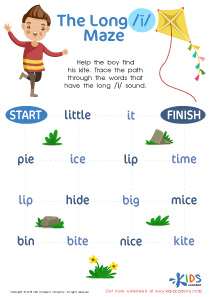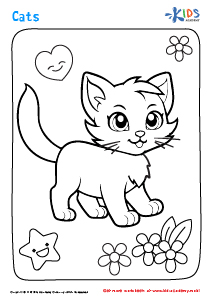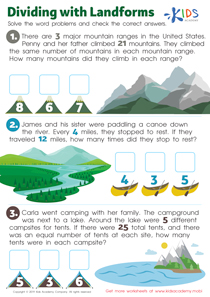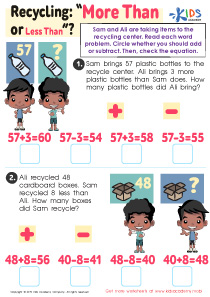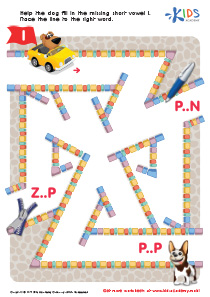Foundational Reading Lessons | Letter Sound Relationships, Grade 3
0 results
The Letter Sound Relationships Lessons for Grade 3 are designed to help children develop essential literacy skills. These interactive worksheets, educational videos, and assessment quizzes are tailored to engage students and make learning fun. Our curriculum covers crucial aspects of phonics, including identifying letter sounds, decoding words and spelling with confidence. With a focus on letter-sound relationships, we ensure that children are equipped with the necessary tools to become successful readers and writers. Whether in the classroom or at home, our comprehensive program offers a flexible and enjoyable way for children to improve their literacy skills.
Effective communication is the backbone of successful learning, especially in the early stages of a child's education. Among other things, letter-sound relationships are essential in facilitating reading and writing proficiency in young students. For this reason, implementing interactive lessons focused on improving students' knowledge of letter-sound relationships in grade 3 can be an effective tool in supporting students' development.
Grade 3 is an important year in a student's schooling journey, as the child is transitioning from learning to read to reading to learn. Letter-sound relationships lessons are critical in helping students make this shift. These lessons are designed for learners in grade 3 to enhance their ability to match sounds to the specific letters they represent, identify different vowel sounds, recognize common patterns, and irregular spellings. Each lesson comes with interactive worksheets, videos, and assessment quizzes specially designed to capture the attention of students.
Through the use of interactive worksheets, letter-sound relationship lessons help students gain practical experience with identifying sounds. Interactive worksheets and games like "matching pairs" where students must match letters to their corresponding sounds, or "phonics maze" where students navigate through a maze of words associated with the sounds highlighted in class, are engaging and help learners practice their letter-sound recognition. These exercises also stimulate learners' critical thinking and problem-solving skills, further aiding in their academic growth.
Educational videos complement interactive worksheets and help visual learners understand what they are learning better. Videos could take various formats such as animated movies, songs, or documentaries that feature topics aligned with the lesson objectives. Students could watch videos that emphasize the importance of letter-sound relationships in reading and writing, or those that instruct on correct pronunciation. These videos help in making students understand the concepts being taught in class, as they deliver information in a fun and captivating way.
Assessment quizzes come in handy at the end of a lesson to evaluate how students have grasped the content being taught throughout the lesson. The quizzes come in various types, including multiple-choice questions, fill in the blanks, and short answers. Assessment quizzes are effective in helping learners reinforce their understanding of topics and help teachers identify areas where additional attention is needed. Parents and teachers can use the results of the quizzes to track their child's progress, celebrate milestones, and offer support where necessary.
In conclusion, letter-sound relationship lessons have been found crucial in facilitating the development of early reading and writing skills.

